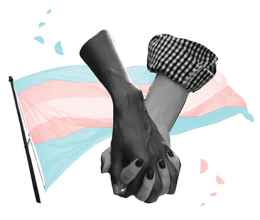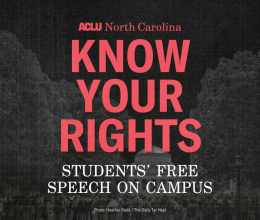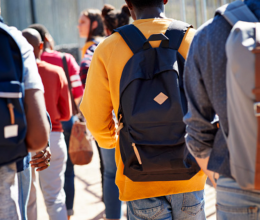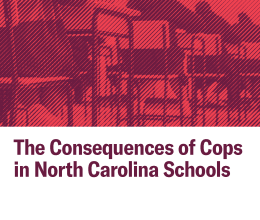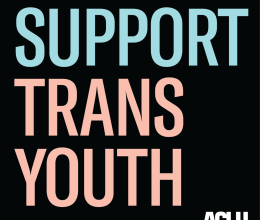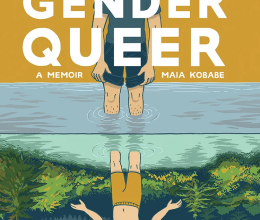As students, families, and communities begin the new academic year, we should continue the work to reimagine safety and security in schools. Efforts to ensure safety for students should exceed our recent, limited and severely delayed efforts at gun control. Examining our culture’s tolerance of violence more holistically will yield solutions that curtail the violent loss on public display in Uvalde, Buffalo, and unfortunately, countless other mass shootings. Understanding the “why” of these shootings will allow us to imagine communities that are invested in healing and prevention, rather than putting the same life-taking weapons in the supposedly “right” hands.
The ongoing debates, new legislation, and proposed solutions rightfully empower and encourage states to create and administer “red flag” laws that would temporarily prevent folks deemed a danger to themselves and others from accessing firearms. They potentially close the “boyfriend loophole,” which prohibits firearm ownership for those convicted of domestic abuse, but only if those convicted have been married. Notably, the legislation President Biden signed into law on June 25th does not include a ban on assault weapons; so long as these weapons are allowed to circulate within civilian populations, they will have the capacity to harm members of our community regardless of whose hands they are in.
The legislation expands support for mental health services in schools and vaguely outlines more school safety resources and training. It is likely that this will be interpreted federally and across the states as a need for more School Resource Officers (SROs) and police on campus. This strategy toward addressing violence against children neglects the needs and wills of students of color.
Black and Brown students are often disregarded or portrayed as threats to public safety. As was noted in a recent report, “When in schools, police do what they are trained to do—detain, handcuff, and arrest. This leads to greater student alienation and a poorer school climate.” Increased police surveillance disproportionately harms students of color. Funneling resources toward “school safety” in the form of more police on campus and ambiguous school safety training does not effectively prevent violence on campus and threatens the well-being of students of color.
Safety is subjective and contingent on our experiences. Our call to defensive arms on campus neglects the highly publicized incidents of police brutality and ever-present and growing distrust of the police. We cannot afford this kind of willful ignorance.
Presenting SROs and police presence on school campuses as solutions to mass shootings perpetuates the idea that guns wielded by police will curtail violence. In fact, it relies on an expectation and anticipation of violence rather than addressing the source of the violence through stricter legislation on gun ownership and storage; perhaps the goal of this strategy is to neutralize the threat of violence against oneself, or against certain people/groups, not eliminate the motivation and incidence of violence generally. More security is neither comforting nor reassuring for Black and Brown students, who are disproportionately policed, followed, and harassed by campus security.
The means do not justify the aspirational end of school safety - indeed these means will make schools unsafe for minoritized students. Considering this anticipated collateral damage can help us optimize solutions to the crisis of mass gun violence. For the sake of our students, we need to radically shift our relationship to guns, violence, and community care.
